Safe Water Resources
On This Page
Learn how to keep your water resources safe, including recreational water, private wells, drinking water, and emergency water supply, with our free tools.
Tools and Guidance
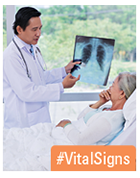
CDC Vital Signs on Legionnaires’ Disease: A Problem for Health Care Facilities
Explore CDC’s 2017 report and resources, including a practical guide, infographic, fact sheet, podcasts, and more.
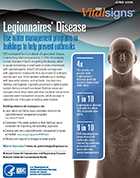
Read CDC’s 2016 report and access resources, including a practical guide, infographic fact sheet, and more.

CDC’s Model Aquatic Health Code
Reduce risk for waterborne illness outbreaks, drowning, and chemical poisoning at public pools and other aquatic venues with these free science-based guidelines.
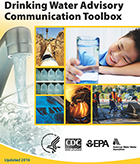
Drinking Water Advisory Communication Toolbox
Access resources to help communities with all phases of water advisories including guidance, recommendations, instructions, templates, and other tools.
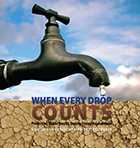
Drought Guidance for Public Health Professionals – When Every Drop Counts
Understand and prepare for drought in your community with this guide for public health professionals.

Emergency Water Supply Planning Guide for Hospitals and Health Care Facilities [PDF – 2 MB]
Develop an Emergency Water Supply Plan to prepare for, respond to, and recover from a total or partial interruption of health facilities’ normal water supply.

Guidance on Microbial Contamination in Previously Flooded Outdoor Areas
Learn how to assess the public health risks for using areas after a flood where potential exposure to microbial contamination exists.

Legionnaires’ Disease Resources for Environmental Health Professionals
Explore Legionella resources for environmental health practitioners, including a Vital Signs report and infographic, environmental sampling videos, toolkit for developing a water management plan, and more.

Logic Model to Improve Program Performance and Control Drinking Water Exposures
Access recommended strategies for drinking water programs and activities to improve programmatic performance using the 10 Essential Environmental Public Health Services.

Safe Water for Community Health (Safe WATCH)
Strengthen the performance of your drinking water program to address problems with wells and other private drinking water sources in your community.

Learn how to identify and prioritize potential threats to water quality at each step in a specific system’s water supply chain and implement best practices to mitigate those threats and ensure drinking-water quality.
Training

Environmental Health Training in Emergency Response (EHTER)
Improve your knowledge, skills, and resources to address the environmental health impacts of emergencies and disasters on potable water and waste water.

Environmental Public Health Online Courses (EPHOC)
Access comprehensive workforce development resources for environmental public health practitioners with this free package of 15 e-learning courses, with topics including potable water, waste water, and swimming pools and recreational facilities.
Research

Sustainability Research for Global Drinking Water
Explore archived resources about factors that affect the sustainability of water, sanitation, and hygiene interventions.

Decentralized Wastewater Management Research
Explore our collection of resources around wastewater management research.

Read our water publications on such topics as wastewater management, waterborne disease outbreaks, drought, drinking water, recreational water, and global water.
Investigations
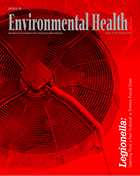
Legionnaires’ Disease Outbreak at a Long-Term Care Facility in Ohio, 2013 [PDF – 688 KB]
On July 9, 2013, an outbreak of Legionnaires’ disease was identified at a Long-Term Care Facility in central Ohio. This article describes the investigation of the outbreak and identification of the source, a cooling tower using an automated biocide delivery system. EHS participated in the environmental assessment.

South Bass Island Assessment [PDF – 1.97 MB]
At the request of the Ohio Department of Health, EHS investigated the potential sources of water contamination on South Bass Island in 2004. Ohio asked for assistance because slightly more than 1,000 persons reported a sudden onset of symptoms that included diarrhea, cramps, nausea, and vomiting.
- Page last reviewed: September 7, 2017
- Page last updated: September 7, 2017
- Content source:


 ShareCompartir
ShareCompartir